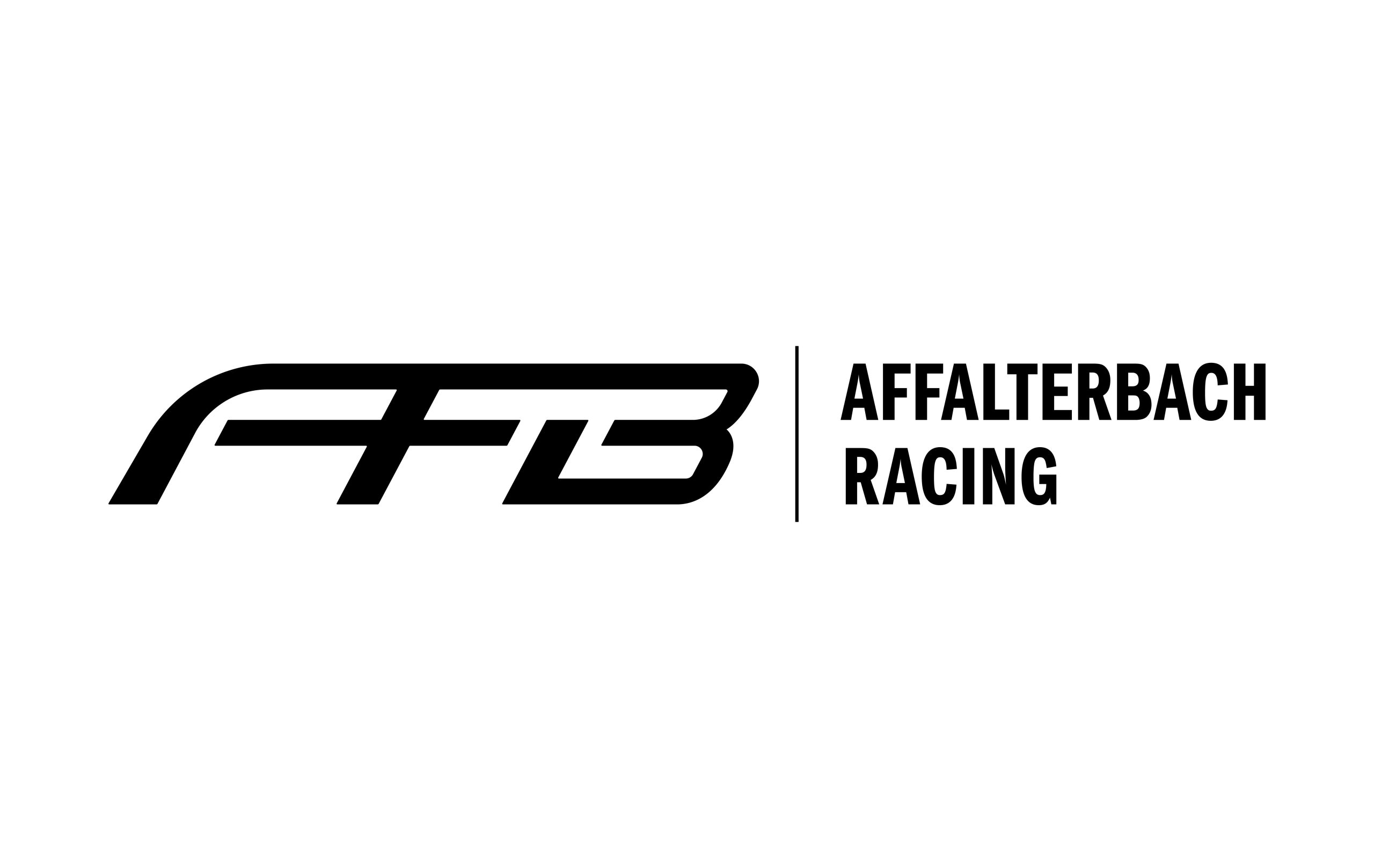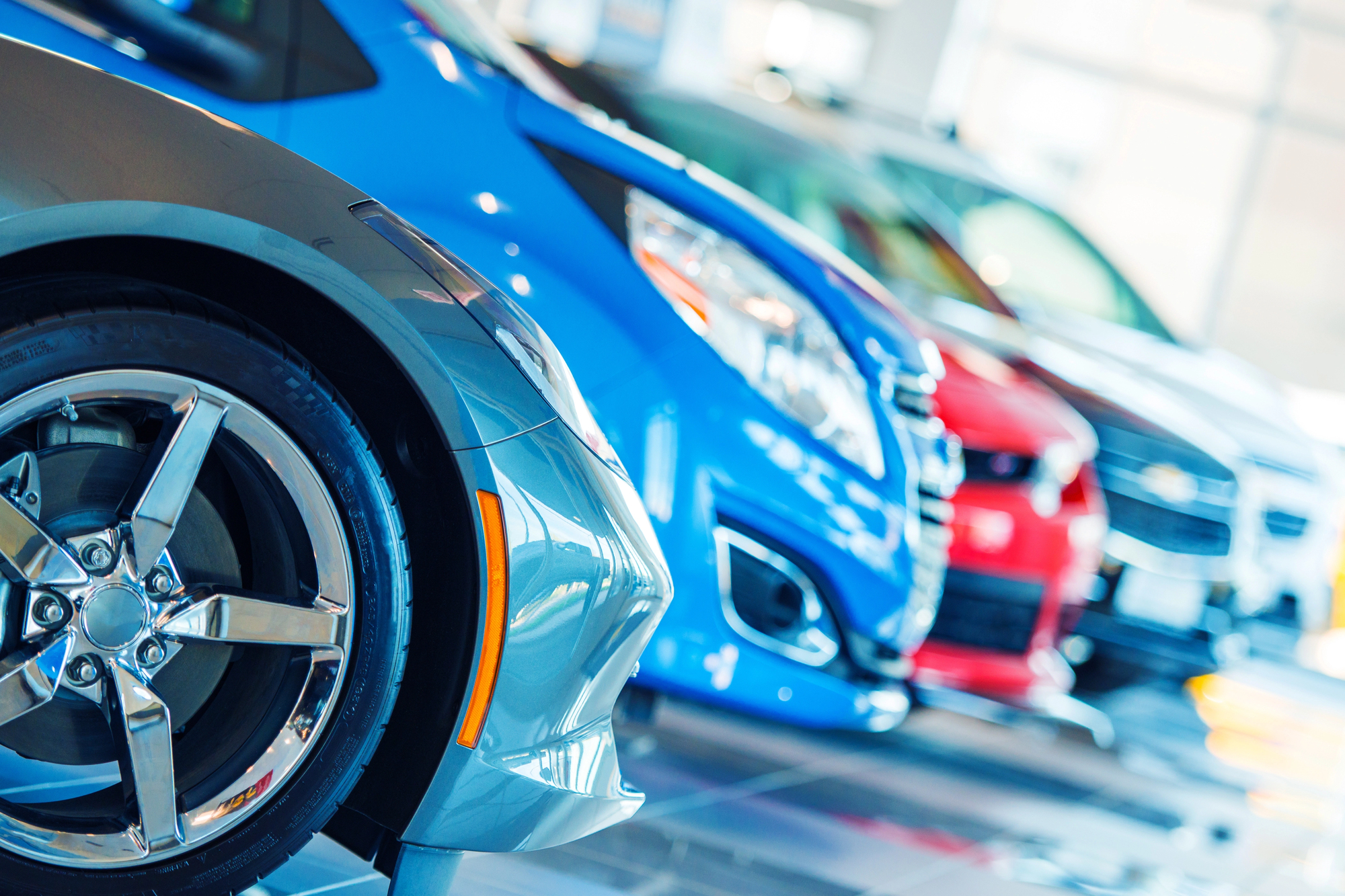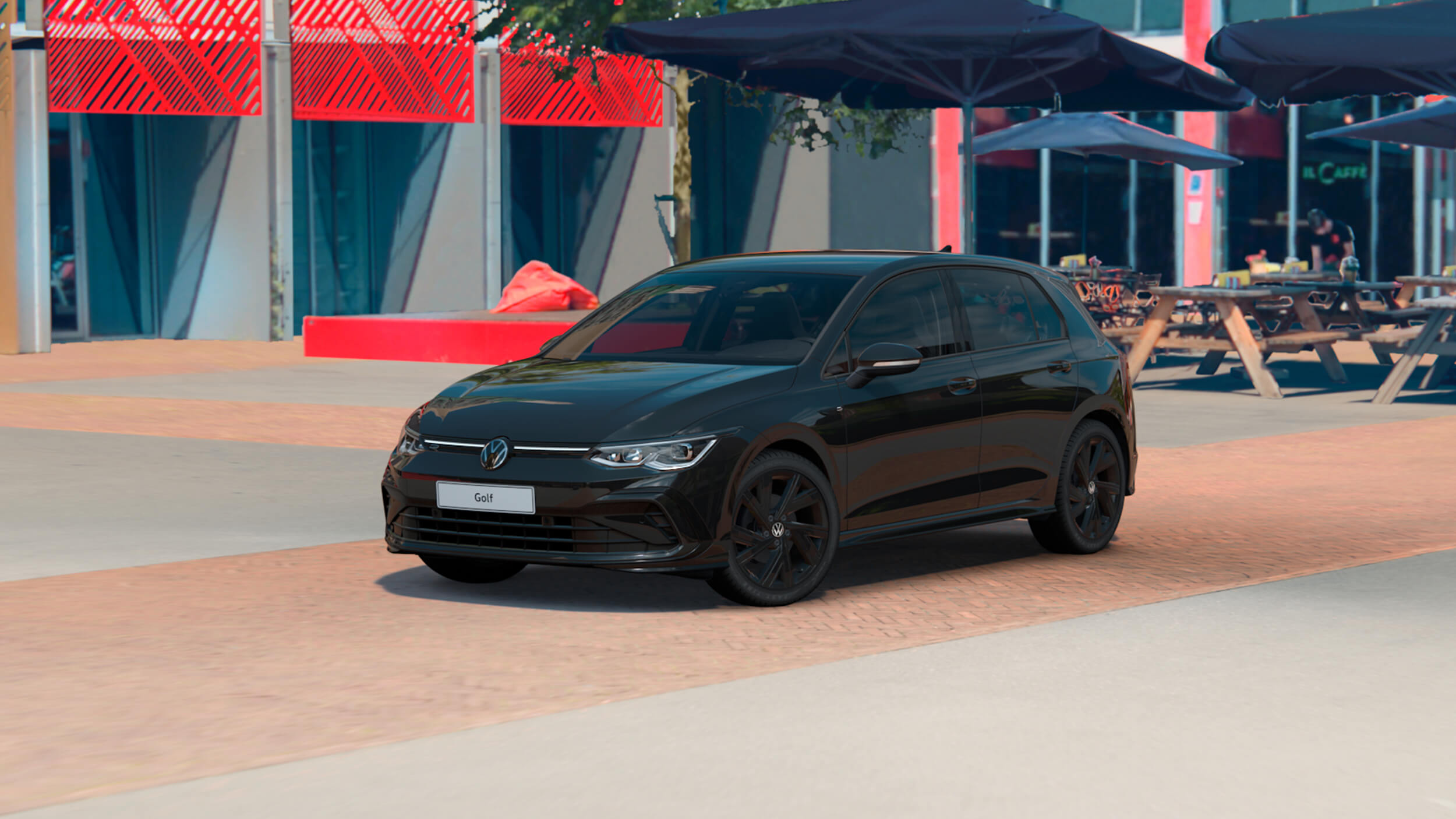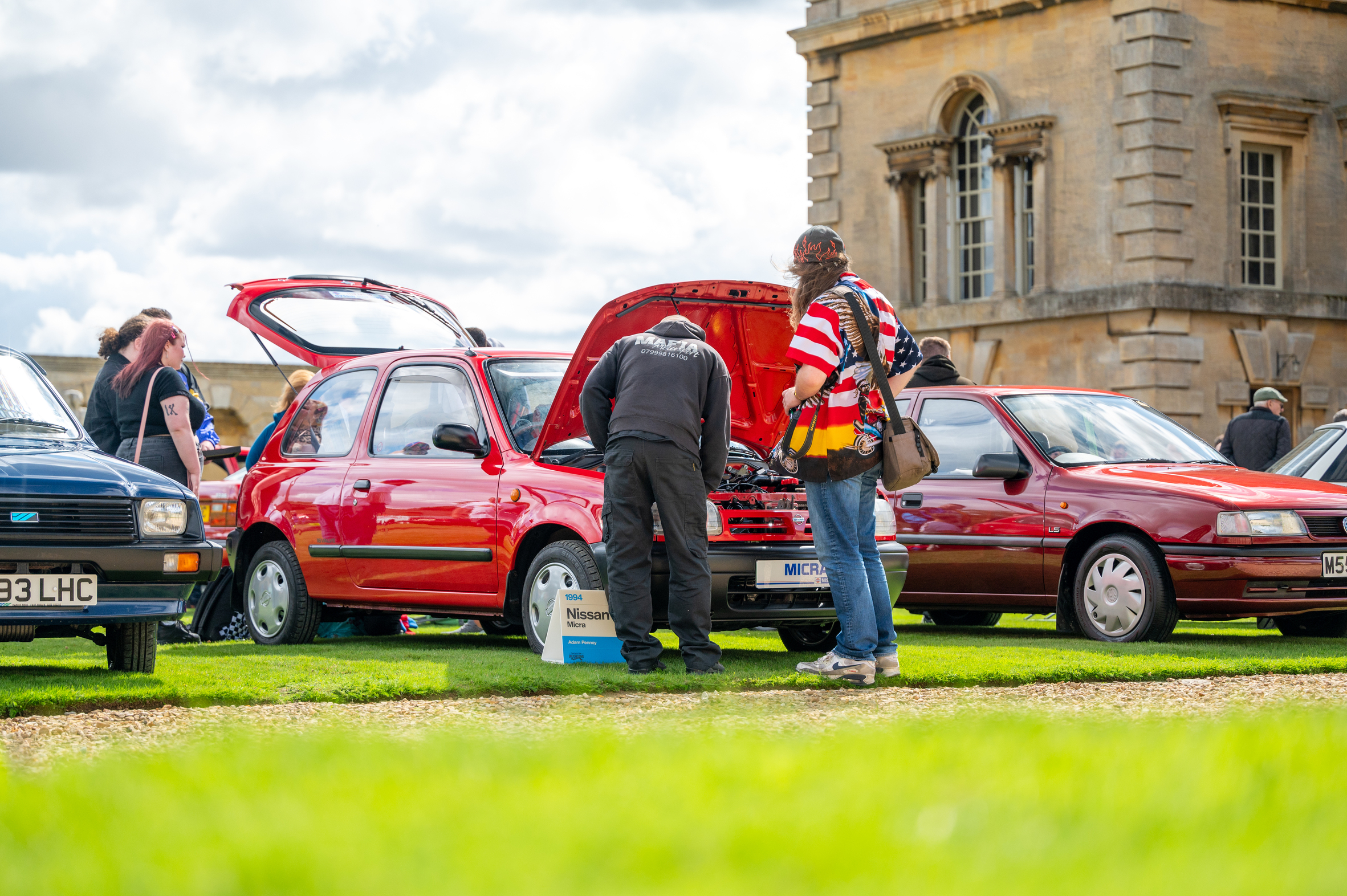How to get scuff marks off car
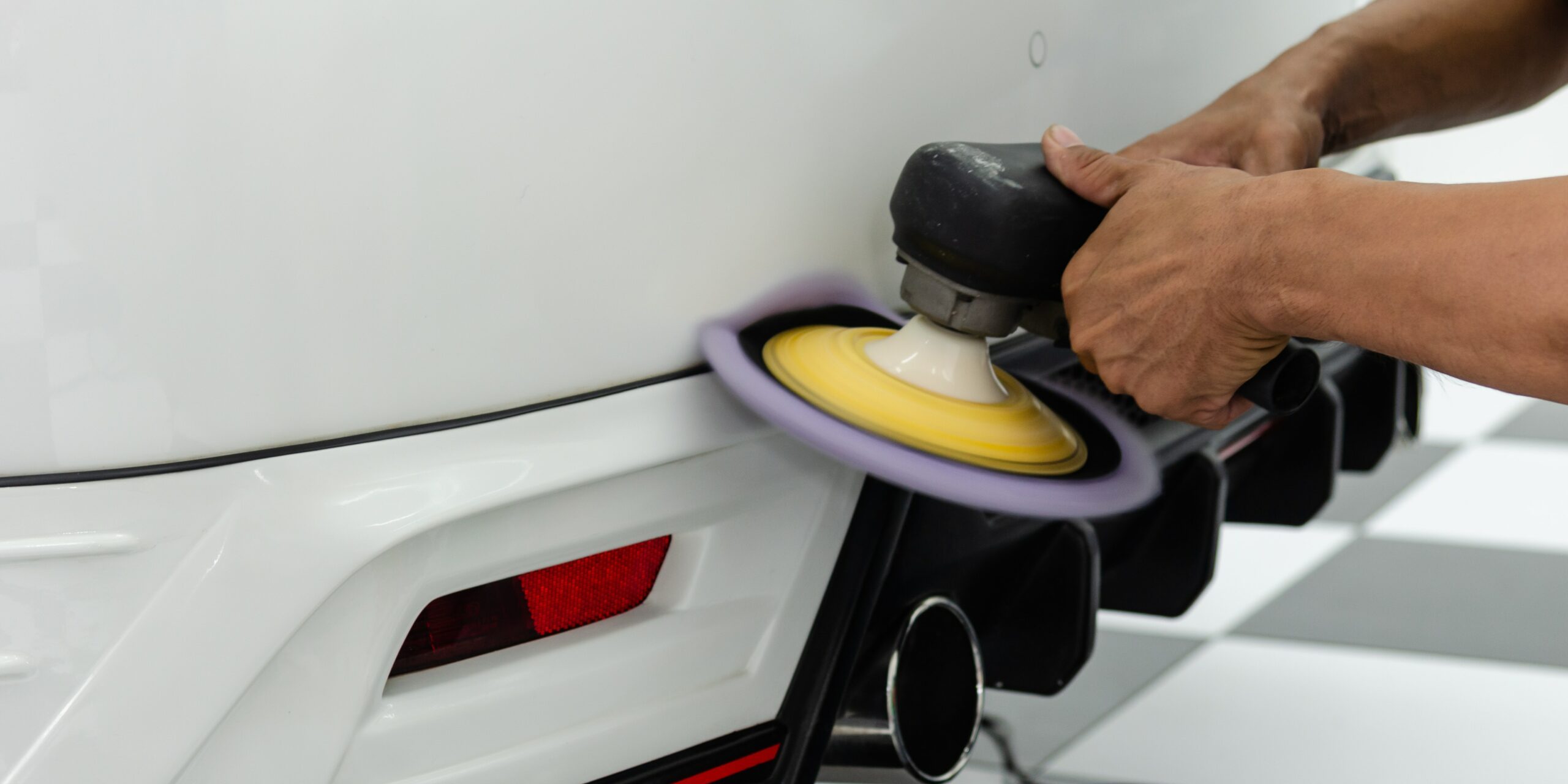
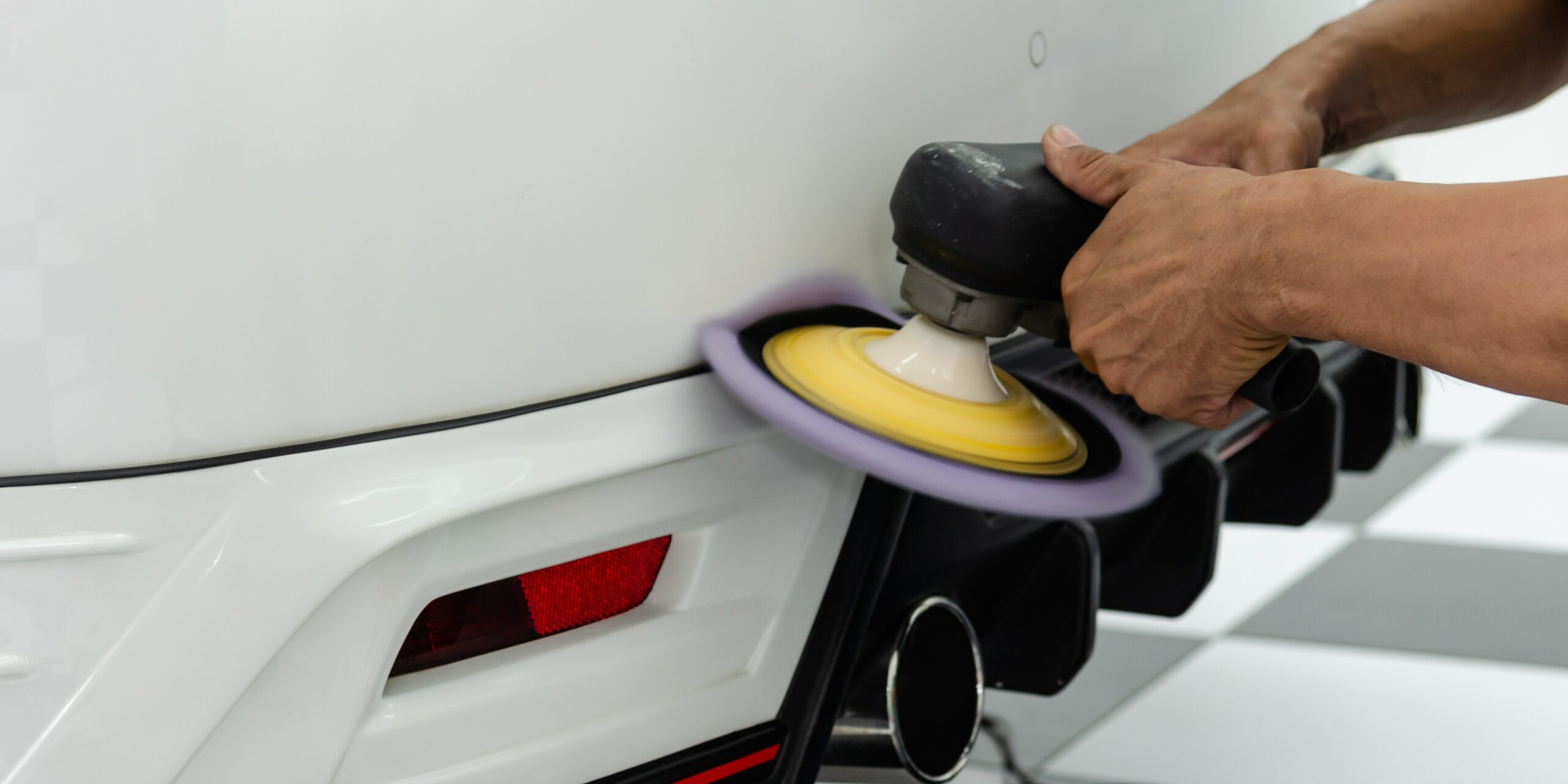
Scuff marks on a car can be frustrating and unsightly. These blemishes occur when another object rubs against the car’s surface, leaving behind a mark. Scuff marks can be caused by anything from shopping carts to bicycles or even car doors. In order to maintain your car’s appearance, it is important to know how to remove scuff marks properly.
There are various ways to remove scuff marks from a car, depending on the severity of the damage. One method involves using a Magic Eraser or microfiber cloth and rubbing it onto the affected area gently until the mark fades away. Another option is using toothpaste or baking soda mixed with water, which forms a paste that is applied onto the scuffed area in circular motions.
However, it is important to note that some methods can potentially damage the car’s exterior if not done correctly. It may be best to seek professional help if unsure about removing scuff marks yourself.
In addition, preventing scuff marks is easier than removing them. Be cautious while getting in and out of your car and ensure objects do not come into contact with the vehicle’s surface. A protective layer of wax can also help reduce scratches and other blemishes on your vehicle.
Overall, knowing how to remove scuff marks from your car is essential for maintaining its appearance. Consider utilizing some of these tips and tricks to keep your vehicle looking good as new for years to come.
Say goodbye to scuff marks and hello to a shiny ride with these foolproof methods for removing them.
Ways to remove scuff marks from a car’s exterior
Removing scuff marks from a car’s exterior can be a daunting task for car owners. However, several efficient ways can help to get rid of these stubborn marks without causing any damage to the car’s paintwork.
Follow these six steps to remove scuff marks from your car’s exterior:
- Wash the affected area with mild soap and water
- Dry the area thoroughly with a clean cloth
- Apply a small amount of rubbing compound on the scuff mark
- Gently rub the compound in a circular motion using a microfiber cloth
- Wash and dry the spot again to remove excess residue
- Apply wax or polish for added protection to the paint
While removing scuff marks, it’s important to note that certain methods like using toothpaste or baking soda can be abrasive and cause further damage to your car’s paintwork. Additionally, it’s necessary to avoid using abrasive sponges or rough materials that can make the situation worse. Always remember to test a small area first before tackling a significant scuff mark on your car.
One car owner tried to remove scuff marks with a DIY method but ended up doing more harm than good. After realizing the mistake, they sought professional help, which ended up being the best decision. Always be cautious when attempting to remove scuff marks on your car and seek professional help if needed.
Who knew baking soda could do more than just make cookies? It also erases those pesky scuff marks off your car!
Using baking soda and water
When it comes to removing scuff marks from a car’s exterior, an effective and natural solution is to utilize the power of baking soda and water. This method can help eliminate the marks without causing any damage to the car’s paint.
To use baking soda and water for scuff mark removal, follow these simple steps:
- Combine one tablespoon of baking soda with two teaspoons of water in a small bowl.
- Mix the solution until it becomes a paste.
- Using a clean cloth, apply the paste to the scuff mark, being sure to cover it completely.
- Gently rub the paste into the mark using circular motions, then wipe away with a clean cloth and rinse with water.
It’s important that after you rinse off all of the paste residue, you dry your car thoroughly to ensure there are no streaks left behind. It may also be helpful to repeat this process for stubborn or particularly deep scuffs.
Some additional tips that may aid in this process include utilizing warm water instead of cold for better results. Additionally, diluting vinegar in place of water can also be used as an effective alternative.
Interestingly enough, this age-old trick has been around since before cars were invented! Baking soda was used as an all-purpose cleaner by our ancestors due to its incredible cleaning properties and versatility.
Using toothpaste
One effective way to remove scuff marks from a car’s exterior is through the use of a household item commonly found in bathrooms – toothpaste. The mild abrasive quality of the toothpaste makes it ideal for cleaning off paint transfer scuff marks without harming the car’s clear coat.
To use toothpaste on scuffed areas, apply a small amount over the affected area with a soft cloth. Gently buff the paste into the mark using circular motions until you notice an improvement in appearance. Rinse with water and dry with a clean cloth to remove any residue.
It is important to note that not all types of toothpaste work well for this purpose, so make sure to choose one without added dyes or microbeads that might scratch your vehicle’s surface. Additionally, avoid applying too much pressure while rubbing as this can cause further damage.
Give this method a try before considering more aggressive solutions, such as repainting or using chemicals that may harm your vehicle’s finish.
Don’t miss out on an easy and low-cost solution by trying toothpaste first!
Using a pencil eraser
Using an eraser to remove scuff marks from a car’s exterior is an effective method for treating minor blemishes.
To use this technique, follow these simple steps:
- Choose a white eraser with no abrasive surfaces to avoid further damage to the paint.
- Gently rub the affected area with the eraser until you see the scuff mark disappear or get lighter.
- Use a cloth to wipe off any leftover residue and inspect the spot. If needed, repeat step 2 until satisfied.
- To prevent further damage, wax and polish your car’s exterior after removing the scuff marks.
It’s imperative to note that excessive rubbing could worsen the blemish or scratch your vehicle’s paint. Additionally, test it out on an inconspicuous area first before proceeding with rubbing on essential spots.
This practice of using an eraser has been around for years as car owners have found it effective in restoring their cars’ shine while saving money on professional detailing.
Using a magic eraser
A Magic Solution for Scuff Marks
Scuff marks can be a hindrance to the appearance of your car. There’s no need for concern, as there are ways to remove these pesky markings with ease. One viable option is by utilizing a magic eraser.
Here are four steps to utilize a magic eraser:
- Dampen the magic eraser with water
- Gently rub the scuffed surface in a circular motion
- Wipe away any residue from the area with a soft cloth
- Repeat if necessary until desired results are achieved
Another helpful tip is to always test on an inconspicuous area before applying it all over the scuffed area.
For better results, use distilled water to dampen the magic eraser instead of tap water. Distilled water decreases residue buildup created by minerals found in tap water.
One alternative is using toothpaste; it contains abrasive properties that making cleaning easier and gentle enough not to damage your paint job. Coconut oil or baking soda mixed with warm water forms an effective solution helping you rid off those stubborn marks.
By utilizing a magic eraser, you can conveniently remove scuff marks from your vehicle exterior without spending significant amounts on professional detailers. Happy cleaning!
Using WD-40
This effective method involves the use of a well-known product, which is considered an excellent solution for removing scuff marks from the car’s exterior. Here’s how you can achieve it:
- Thoroughly wash and rinse the affected area of the car to remove any dirt or grime.
- Apply WD-40 to a clean cloth and rub gently over the scuff mark in circular motions. Be sure not to apply too much pressure so as not to damage the paintwork.
- Rinse the area with water and repeat if necessary until the scuff mark disappears completely.
Applying WD-40 is a great way to remove stubborn scuff marks on your car. It breaks down any adhesive materials used by other vehicles like rubber or plastic that cause those markings.
Who knew that a solution made of vinegar and water could both clean your car and make your nose hair curl?
Using vinegar and water
When it comes to removing scuff marks from a car’s exterior, one effective method is to use a mixture of vinegar and water. This natural solution offers a cost-effective and eco-friendly way to maintain your car’s appearance.
Here is a simple 4-step guide using vinegar and water:
- Combine equal parts of white vinegar and water in a spray bottle.
- Spray the mixture onto the affected area, letting it sit for a few minutes.
- Gently scrub the scuff mark with a sponge or soft-bristled brush.
- Rinse the area with clean water and dry it off with a microfiber cloth.
It’s important to note that while this method is effective, it’s recommended to test it on an inconspicuous spot first to ensure that it won’t damage the car’s paint.
Using vinegar and water also has other benefits, such as eliminating any foul odors caused by mold or mildew buildup. Additionally, it can be used as an all-purpose cleaner for your car’s interior surfaces.
A true fact shared by Consumer Reports states that using household products like vinegar can be just as effective as commercial cleaning products without the added expense.
Rubbing compound, helping you erase your mistakes, one scuff mark at a time.
Using rubbing compound
If your car’s exterior has scuff marks, one solution is to use a rubbing compound. This product helps remove scratches and stains that can make your vehicle look old and worn. Here are some steps to follow when using rubbing compound to restore the shine and smoothness of your car’s surface.
- Start by washing your car thoroughly with soap and water to remove any dirt or debris that may be on the surface.
- Dry the car with a clean cloth or towel.
- Apply a small amount of rubbing compound to a soft cloth or foam applicator pad.
- Rub the compound into the affected area in a circular motion until the scuff mark disappears.
Remember to use only a small amount of rubbing compound and avoid putting too much pressure on the surface as this could cause further damage. Additionally, it is important to test the product on an inconspicuous area before applying it to the entire surface of your car.
To ensure that your car stays looking its best, consider using rubbing compound as part of your regular maintenance routine. This will help prevent scuff marks from forming in the first place and keep your vehicle looking new for longer.
Don’t miss out on having a shiny, scratch-free car! Try using rubbing compound today and experience the difference it can make in restoring the appearance of your vehicle.
Clay bars aren’t just for sculpting; they can also sculpt away scuff marks on your car’s exterior.
Using a clay bar
A clay bar is an effective method of removing scuff marks from your car’s exterior. It safely removes contaminants that bind to the surface of the car and leave behind difficult-to-remove stains.
- Wash and dry your car thoroughly.
- Divide the car into small sections and spray clay lubricant on one section at a time.
- Flatten the clay bar into a disk, then gently rub it over the sprayed section using smooth back-and-forth motions.
- Inspect the clay bar for grime and replace it with a new one when dirty.
- Wipe away any leftover residue with a microfiber towel.
- Repeat steps 2-5 until all sections have been covered.
It is best to use a clay bar before applying wax or polish to achieve optimal results.
Using a clay bar requires patience and careful attention to detail, but it delivers great results compared to other methods of removing scuff marks from your car’s exterior. It is important not to apply too much pressure when using the clay bar as this could scratch or mar the surface.
Using a specialized scuff remover product
To eliminate scuff marks from a car’s exterior, specializing in a specialized scuff remover product is an effective method. This product is excellent because of its ability to remove even the toughest scuff marks on surfaces.
Here is a 4-step guide to using a specialized scuff remover product:
- Begin with washing your car’s surface.
- Take the scuff remover and lightly cover the affected area.
- Rub gently with a soft cloth in circular motions until the marks vanish.
- Cleanse the treated area with soap and water then wipe it dry.
One essential detail to keep in mind when using this method is that less can be more. Start by applying moderate pressure and gradually increase if necessary.
Lastly, consider these suggestions for best results:
- Cleanse any residue off of the surface area before applying the scuff remover to ensure maximum efficacy.
- Avoid exposing the treated area to sunlight for prolonged periods and instead, keep it shaded or indoors as much as possible. This protects against fading or creating light patches in the paint over time.
Utilizing these tips will ensure excellent results when removing unsightly scuffs from your car’s exterior surfaces.
Save money and avoid scuff marks by leaving your car parked safely in a museum…just make sure it’s not part of the exhibit.
Prevention tips for avoiding scuff marks on a car’s exterior
Your car’s exterior can easily sustain scuff marks if you’re not careful. Here are some effective ways to prevent scuff marks from damaging your car’s appearance.
Use the following tips to keep scuff marks at bay:
- Use a microfiber cloth when washing your car to avoid scratches from harsh fabrics.
- Invest in car mats and apply them to the floor to prevent debris from shoes causing scratches on the car’s interior and exterior.
- Ensure that you park your car in an enclosed garage or parking space to avoid scratches and dents from other drivers.
- Apply a protective wax coating to your car’s exterior to prevent scratches and other minor damages.
- Use a chamois cloth to dry your car after washing it rather than letting it air dry or using abrasive drying materials.
- Avoid driving your car too close to curbs or objects that could cause scratches and scuff marks to your car’s exterior.
Ensuring the longevity of your car’s appearance can go beyond preventing scuff marks. Regular maintenance, such as oil changes and tire rotation, can also keep your car looking and running at its best.
According to Carfax, cars with regular maintenance appointments have a 24% lower chance of breaking down or needing major repair.
Proper parking techniques
When parking your car, there are a few crucial steps you should take to avoid scuff marks.
- Park in a designated space or garage whenever possible. If that’s not feasible, try finding an area with minimal congestion and where passersby are unlikely to swerve into your vehicle.
- Additionally, ensure that the surrounding environment is free of debris and construction materials. Tiny rocks and pebbles on the road can scratch your car’s exterior if parked on them for an extended period.
- Lastly, position your car within the lines of the parking space and avoid veering onto sidewalks or overhanging walls. Maintaining these proper parking techniques can go a long way in protecting your car from visible exterior damage caused by scuff marks.
For extra protection, consider investing in additional equipment like a protective cover or anti-scratch film customized for your vehicle model. Following these practical tips and taking precautions will shield your vehicle from unattractive and unwanted blemishes due to scuff marks.
Using protective mats and covers
Protecting the car’s exterior is crucial for avoiding scuff marks, scratches, or any damage. One of the most effective and primary steps to prevent such incidents is by using protective mats and covers.
- Covers or tarps are useful in keeping the vehicle safe from environmental factors such as rain, snow, and dust.
- Protective mats act as a barrier between your car’s paintwork and the ground surface; it keeps your car free from scratches due to grit and gravel.
- The interior of your car is equally important; using floor mats and seat covers keep it clean from dirt, mud, and spills.
While a tarp will provide overall car protection, using ground mats underneath tires can keep them secure while also taking care of your driveway’s surface. It helps protect not only your vehicle but also any concern towards damaging properties.
A helpful pro tip is to use quality and durable materials for mats and covers that won’t scratch or tear easily. This way, you’ll save more in the long run rather than buying a new set every time there are damages caught by poor quality ones.
Avoiding parking near shopping carts and other hazards
To minimize the chances of scuff marks on your car’s exterior, it is advisable to refrain from parking near obstacles and hazards. Here are some points to consider when looking for a safe parking spot.
- Avoid parking beside shopping carts as they are prone to rolling arbitrarily.
- Keep away from overhanging branches and bird droppings as they can leave permanent stains on your car’s surface.
- Take extra care when parking outside sports centers or schools where balls can be accidentally kicked towards parked vehicles.
- Avoid narrow spaces as you may brush against adjacent cars while entering or exiting the parking space.
In addition to being mindful of these common hazards, take the time to park in locations where there is ample open space for easy maneuvering without endangering your vehicle or others.
To further prevent scuff marks or scratches, it is also best not to rush when getting in and out of your car, as careless movements can hit neighboring vehicles. Likewise, try using protective coverings such as bumper stickers or guards to shield your vehicle from potential damage. Overall, exercising caution and following safety precautions will reduce the likelihood of unwanted blemishes on your car’s finish.
Neglecting your car’s exterior is like not brushing your teeth – eventually it’ll come back to bite you in the bumper.
Regular maintenance and cleaning of the car’s exterior
It is essential to keep your car’s exterior well-maintained and cleaned regularly to avoid scuff marks. Follow these three steps to ensure your vehicle’s appearance remains pristine:
- Wash the car with a microfiber cloth and soap specifically designed for cars, especially after driving in muddy or dusty areas.
- Dry the car with a chamois cloth or similar absorbent material to prevent water spots from forming.
- Apply a coat of wax onto the surface of the car to create a protective layer against environmental contaminants that cause scuff marks.
To maintain your vehicle’s exterior shine, be sure to avoid acidic substances like bird droppings, tree sap, and bug splatter by washing them off promptly. Additionally, store your car in shade or garages to minimize exposure to ultraviolet rays that can damage the paint.
A friend once shared their experience where they thought too much scrubbing would get rid of tough dirt on their car which ended up leaving scratches on the surface. Getting a professional touch is always advisable when unsure how to clean overly stubborn residue.
Say goodbye to scuff marks and hello to a shiny car exterior with these prevention and removal tips – your ride will thank you.
How to get scuff marks off car – Key Takeaways
Efficiently eliminating and preventing scuff marks from a car’s exterior requires specialized techniques. Here’s a comprehensive guide on how to achieve this task.
- Begin by gently cleaning the affected area with soap and water, using a microfiber cloth.
- Prepare a baking soda paste by mixing three tablespoons of water and one tablespoon of baking soda, apply it over the spot, and rub it in carefully.
- Use a toothbrush or an eraser to scrub off the scuff mark gently, taking care not to scratch the paint.
- Rinse thoroughly with clean water.
- Apply car wax over the cleaned area using another microfiber cloth to help prevent future scuff marks from forming.
- Lastly, avoid driving too close to walls or obstacles when parking your vehicle.
In addition, always park your car in shaded areas or garages when possible as exposure to sunlight can damage its finish.
By following these steps, you can efficiently remove scuff marks and effectively prevent them from reoccurring without compromising your vehicle’s exterior appearance.

